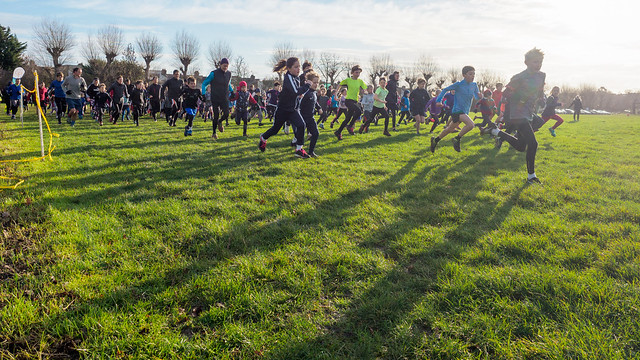For me it was a very worthwhile upgrade. Things that I noticed in real-life use: better CAF, better CAF+TR, better control of focus points thanks to the possibility of the 9 point focus patch, better high ISO performance (ISO 3200 on the MkII looks at least as good as ISO 1600 on the MkI I think), less noise in the shadows when shooting into the sun (but this is where full frame will probably always be better), better dynamic range, much less viewfinder blackout, and I do like the colours coming out of it better than the MkI (although I always shoot RAW and process in Lightroom - but I usually reapply one of the Olympus colour presets).
I've tried focus stacking a couple of times. The focus stacking I did resulted in ORF and JPG files for each of the individual frames and JPG only for the combined result. Hi res I haven't yet used.
I held out upgrading for a long time due to the pretty significant price difference between the MkI and the MkII but I'm glad I upgraded in the end. I still have a Canon 5DIII but I very rarely use it.
Example of shadow noise on the MkI shooting into the sun:
 20181021_093721_027
20181021_093721_027 by
Maarten D'Haese, on Flickr
Example of shadow noise on the MkII shooting into the sun - shot almost in the same location; colours are also noticeably better I think:
 20190127_094206_054
20190127_094206_054 by
Maarten D'Haese, on Flickr



 20181021_093721_027
20181021_093721_027 20190127_094206_054
20190127_094206_054